So, you’re considering the Ford Everest Sport 4x4 as a family car? Is it a good choice? Well, it came to live with my family for two weeks and you’ll know if it will suit yours after you read this review.
The Everest is an SUV based on the Ford Ranger ute, in the same way Toyota's Fortuner is built on the HiLux platform, and the Mitsubishi Pajero Sport sits on the Triton base.
The Sport is a recent addition to the Everest range arriving in late 2019 with a menacing look thanks to some tough features unique to the grade.
The Sport sits above the Trend grade and below the top-of-the-range Titanium in the Everest line-up and ours with its 2.0-litre Bi-Turbo diesel engine lists for $63,790 ($1500 more than the 3.2-litre diesel version).
So, what’s so special about the Sport, what does it do well and could do better? And will it be good for your clan?
Ford Everest 2020: Sport (4WD 7 Seat)
| Engine Type | Diesel Twin Turbo 4, 2.0L |
|---|---|
| Fuel Type | Diesel |
| Fuel Efficiency | 7.0L/100km (combined) |
| Seating | 7 |
| Price From | $43,450 - $50,490 |
| Safety Rating |
|
How does it look?
The Sport 4x4 looks like it would be the metal head in the Everest family. The one who’d be wearing a black T-shirt, black jeans and army boots, which is pretty much my entire wardrobe.
So, when our Adventure Editor Marcus ‘Crafty’ Craft dropped it over to my place for a family review I was instantly taken by what looked like an Alice Cooper special edition Everest with its 20-inch wheels, black mesh grille, blacked-out Everest lettering across the bonnet, black wing mirrors, black inserts in the front and rear bumpers, black window surround, black roof rails, black Everest badging on the tailgate and dark tinted rear windows.
.jpg)
'Meteor Grey' was the colour of my test vehicle, it’s an optional hue and costs $650.
Inside, the Sport grade comes with door and dashboard trims in the super dark 'Raceway Blue', while the leather seats have stitching in Capital Blue and embossed 'SPORT' lettering for the front buckets.
.jpg)
Those are the Sport bits. The rest of this Everest looks much like the Trend, that it sits above in the range. An SUV based on the Ranger ute, the Everest’s dimensions are 4903mm long, 2180mm wide (with mirrors out) and 1837mm tall.
For the ground clearance, wading depth and braked towing capacity see the driving section below.
.jpg)
How spacious is it?
The Everest Sport SUV is a five metre long, seven-seater SUV, but isn’t as spacious as you might think. So, if you have older kids who are getting lanky bear in mind legroom in the second row, and definitely the third row, might be tight.
I’m 191cm tall, with a 2.0m wingspan, and while up front there's plenty of room for me and my elbows. But sitting behind my driving position I only had about 15mm between my knees and the seat back. Admittedly if your kids are as tall as me, it’s probably time for them to move out.
.jpg)
The driveshaft tunnel does eat into the second-row floor space and if you’re lucky enough to sit in the middle you’ll have to put up with the hump.
The third row is more for smaller children and occasional use, otherwise the seats back there fold flat into the boot floor and that gives you a cargo area of 1050 litres.
.jpg)
If you do need to use the rear seats there’s still 405 litres of boot space behind them when they’re in place. There’s more space under the boot floor, too, for wet swimmers and muddy boots.
Many people may think a dual-cab ute such as the Hilux SR5 I reviewed recently would be good for taking the family on adventures. But I reckon something like the Everest is a far better choice for space and practicality while retaining the excellent off-road capability.
How does it drive?
All Everest Sports are four-wheel drive and you can choose between two engines: a 3.2-litre five-cylinder turbo diesel which makes 143kW/470Nm, and a 2.0-litre twin-turbo, four-cylinder diesel making 157kW/500Nm.
Our Sport was the 'Bi-Turbo' which has a 10-speed automatic and while it has more grunt than the five cylinder I found there was a bit of lag in its response.
I’ve done a tow test with the Bi-Turbo engine in another Everest and found the 10-speed needed to be left in ‘Sport’ mode to hold gears for longer.
.jpg)
The four-cylinder has a six-speed auto and in my experience is better for towing, even though its braked towing capacity is less. The Everest Sport with the 2.0-litre engine has a braked towing capacity of 3100kgm (100kg more than the 3.2-litre engine).
Around town, though, apart from a little bit of hesitation in power delivery the 2.0-litre engine provides plenty of oomph for hills and overtaking.
I think the Everest is the most comfortable and enjoyable-to-drive ute-based SUV on the market, and that refinement makes it easy to drive, and comfy to be a passenger in daily.
.jpg)
The same can’t be said for all the others. That said, expect a softer, bouncier, wobblier ride with more roll in the corners than a not ute-based SUV.
The Everest Sport does not drive, steer or handle as well as a Mazda CX-9 or the Hyundai Sante Fe, for example. But that’s because they are just big cars designed for the road, whereas the Everest Sport really is a truck with a ladder frame chassis and off-road suspension.
I didn’t go off-road in my test, but I have before, and know the Everest is incredibly talented over tough stuff. The Everest Sport has what’s called a 'Terrain Management System', which a series of four drive modes for different conditions. There’s also a low-range setting and an electronic locking rear differential.
.jpg)
If you need to cross rivers to do the shopping, you’ll be happy to know the Everest Sport has a wading depth of 800mm and a ground clearance of 227mm.
My supermarket is just up the road, but I have to admit there were days I chose to go there in the other car I was testing – a Mazda CX-3.
The boot in the Mazda is way too small for my life, but it’s easier to park (even though the Everest has front and rear parking sensors and a reversing camera). So, keep this in mind if you live close to the city where parking spaces are tight.
How easy is it to use every day?
Those sidesteps are more than just for looks because the Everest Sport’s ride height is so elevated. Neither my five-year-old son nor five-foot-something wife could climb in or out without using them, along with the grab handles on the A- and B-pillars.
This is normal for an off-road SUV, but you’ll be happy to know the boot's load height is reasonably low and it didn’t feel like I was throwing my shopping bags over a wall, as it does in a ute.
The Sport also has a power tailgate and a proximity key which will lock and unlock the doors without leaving your pocket.
.jpg)
Parents will also be pleased to see the Sport has dark-tinted rear windows to shield the kids faces from the sun and the second row has air-conditioning controls and there are even roof-mounted directional air vents for the third row.
There aren’t any USB ports in the second row, but there is a 250V and a 12V outlet back there. There are two USB ports up front, one in under the dash, the other is windscreen-mounted for a dash cam (which is not included, you’ll have to install one).
Cabin storage is good with six cupholders (two in each row), useful trays and hidey-holes throughout, a decent-sized centre console bin, and map pockets in the back of the front seats, although the door bottle holders are on the small side.
How safe is it?
The Ford Everest scored the maximum five-star ANCAP rating when it was tested in 2015. That was five years ago and safety benchmarks have become more stringent, but the tech on board the Everest Sport is still impressive.
Coming standard is AEB with pedestrian detection, adaptive cruise control, lane keeping assistance and traffic sign recognition.
Curtain airbags extend the entire way to cover the third row.
.jpg)
For child seats there are two ISOFIX mounts and three top tether points in the second row and another two top tethers in the third row.
I found it super easy to install my son’s top tether seat in the second row.
Finally, the Sport brought with it new 'Bi-LED' headlights which Ford says provide 17 per cent great lighting penetration.
A full-sized alloy wheel is located under the vehicle (see the images).
What’s the tech like?
The Everest Sport is equipped with tech such as an 8.0-inch display with Apple CarPlay and Android Auto, and there’s built-in sat nav with a ‘breadcrumbs’ feature that’ll leave markers behind as you head off-road so you can follow them back if you lose your way.
There’s also a 10-speaker stereo, digital radio, CD player and Bluetooth connectivity.
The Everest Sport comes with Ford’s 'MyKey' system. This allows a parent to preset some of the car’s functions like the speed limit, stereo volume and seat belt reminders and attribute them to a spare key. If one of your older children asks to drive the Everest you can hand them that preset key.
How much does it cost to own?
The Everest Sport is covered by Ford’s five-year/unlimited kilometre warranty.
Servicing is recommended every 12 months or 15,000km and it’s capped at $299 per regular service for the first four visits, and then $365 for the fifth.
Ford says the 2.0-litre turbo-diesel engine and six-speed auto should use 7.0L/100km over a combination of open and urban roads. That’s 1.5L/100km less than the 3.2-litre engine.
After mainly urban duties the tip computer in the Everest Sport was recording an average of 11.1L/100km.
Verdict
The Everest Sport is for adventurous families who need an SUV with great off-road capability. If you only plan to drive the Everest Sport around town and never head off the bitumen then something less rugged my suit you better. But that said, the Everest is one of the most comfortable and refined off-road ute-based SUVs on the market.
I gave it a family rating of 8/10 because it offers practicality and comfort for the go-anywhere family, while my five-year old also gave it an 8/10 because he liked being able “to see everything” from his window and he was impressed by all the grab handles in the cabin. Oh, and we both liked its metal-head outfit.
Pricing Guides

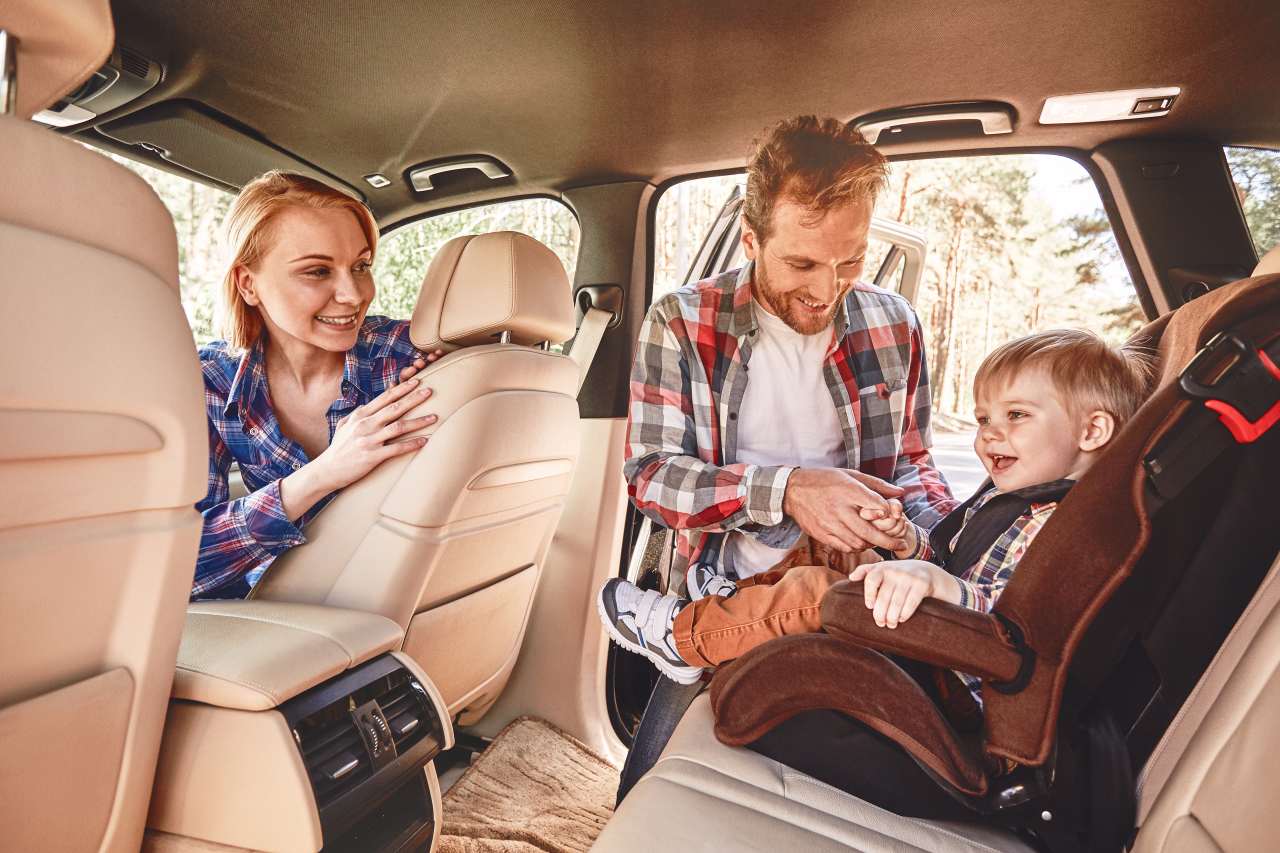
.jpg)

.jpg)
.jpg)
.jpg)
.jpg)














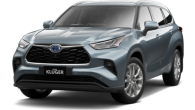



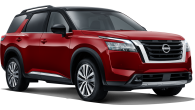








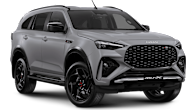



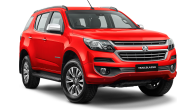


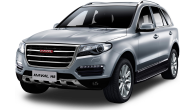




.png)

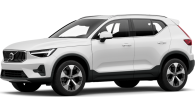






.png)


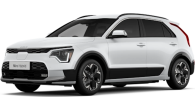
.jpg)
.jpg)
.jpg)

.jpg)

